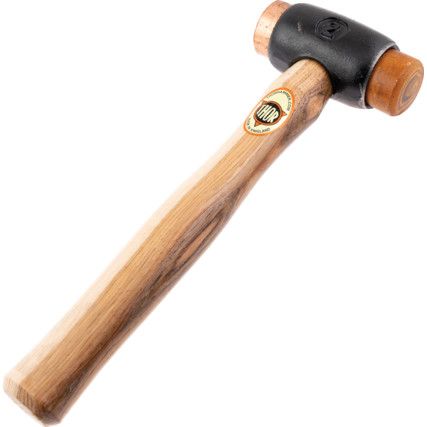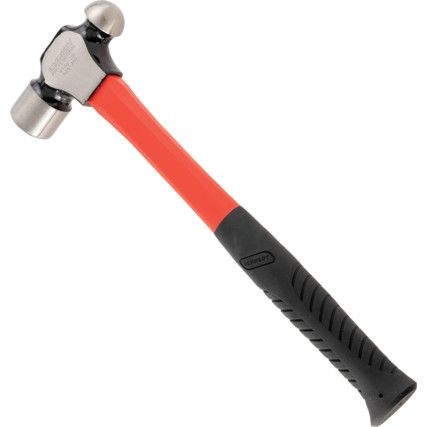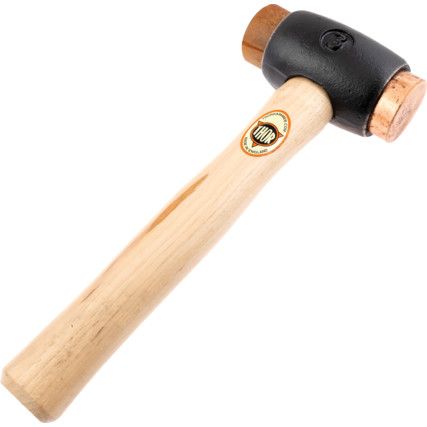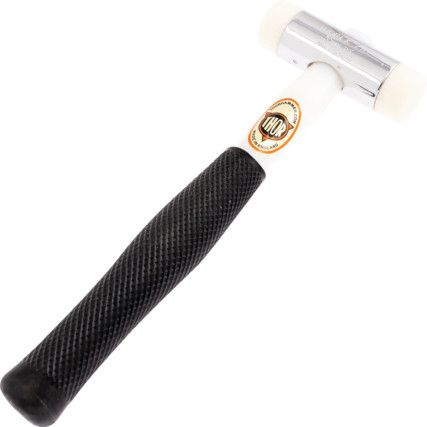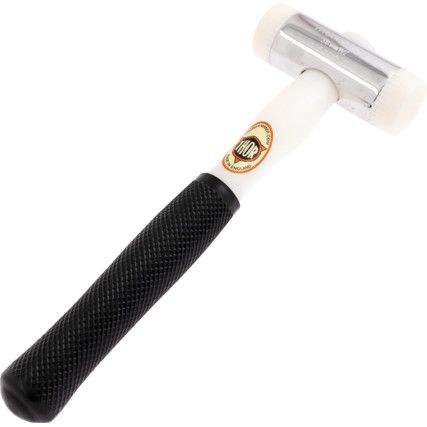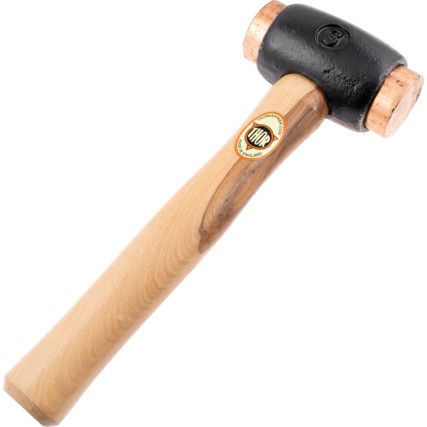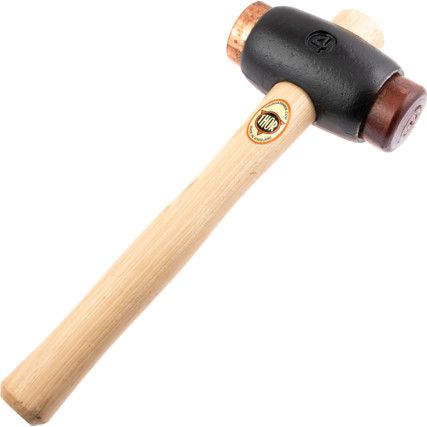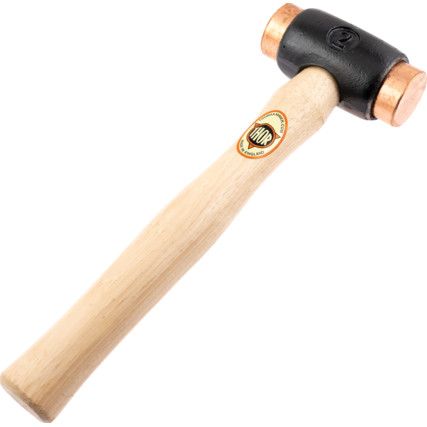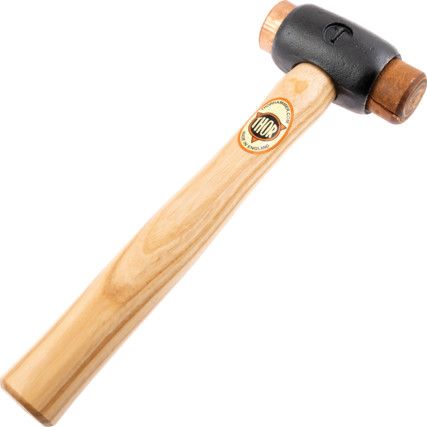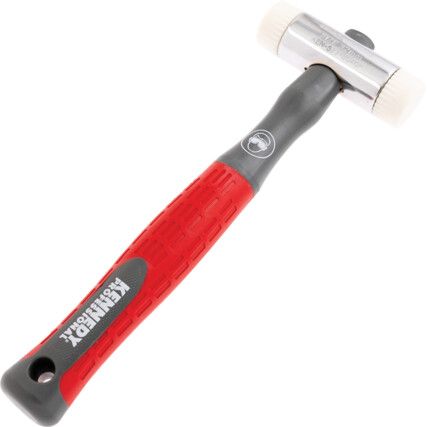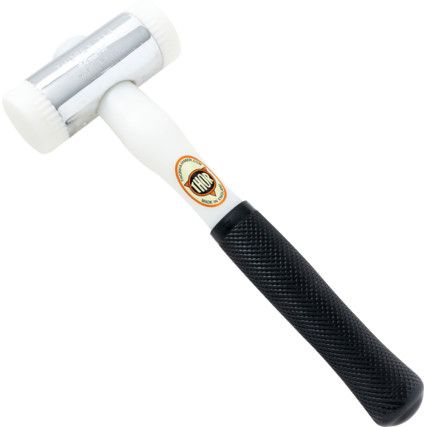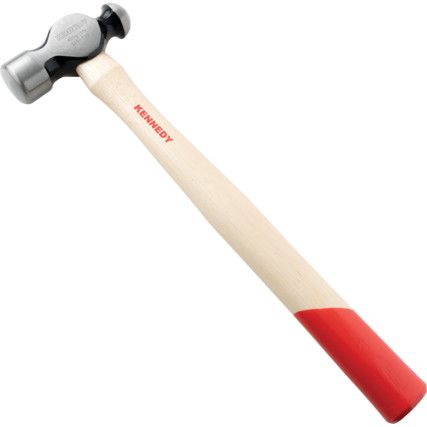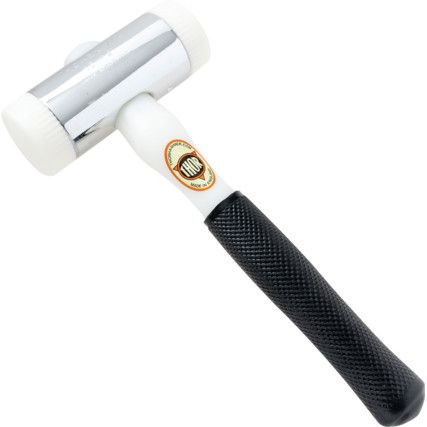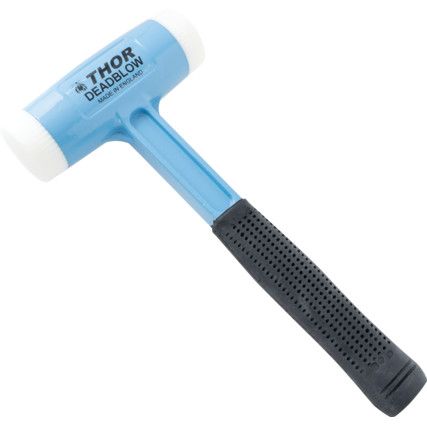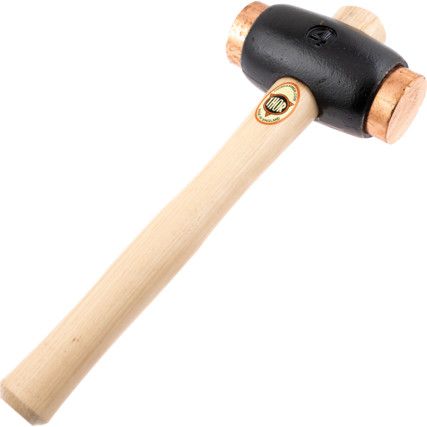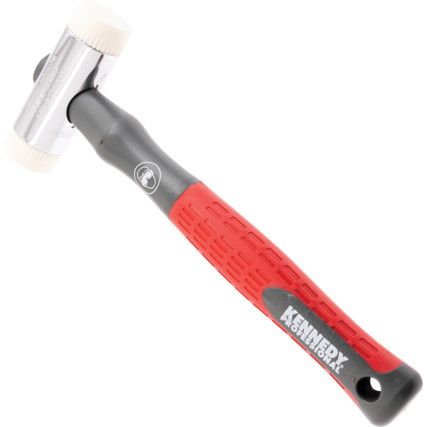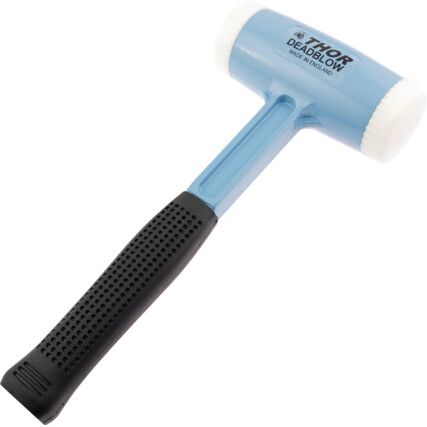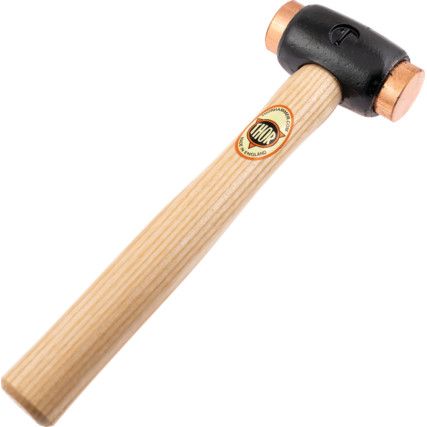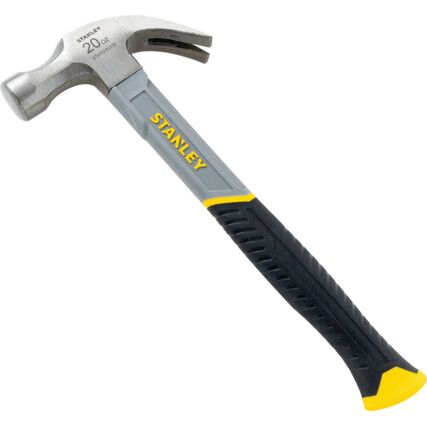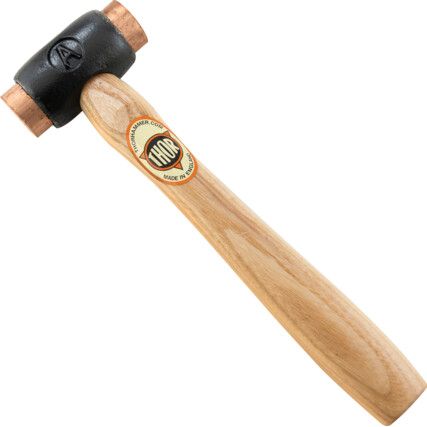Hammers
Whether you're putting up a picture frame or breaking up concrete slabs during a garden renovation, the right hammer goes along way to ensuring the job gets done in a timely manner with the right results. Not all hammers however were created equally, so, with that in mind Cromwell have taken the time to go through our range of hammers so you can pick the right tool for the job, with brands like Stanley and Thor you'll be bound to find a hammer to suit your requirements and budget.
What are hammers?
Hammers are a lot more complex than one might think and, despite their simplistic appearance can do more than just hit things into other things, which we'll explain later on in our 'Hammer types' section.
Commonly most hammers are constructed in much the same way as one another (although there maybe variations in appearance). The shaft or handle is the most important part as this is where the force is generated (as well as where you hold it). The length of the handle is usually determined by how much force will be needed in the application, for example, sledgehammers typically have a long handle enabling a two-handed wield, allowing the heavy head to be driven into the object being hammered with the maximum amount of force.
The second most important part of the hammer is the head as this is the part that does the impact work and, like handles, varies in size and shape depending on the hammers use. Typically, the bigger the head the more force is applied to nails etc. The face is part of the head and it usually the main area used for striking nails, in some hammers these are dual ended. The claw is the two-pronged curved (or straight in some hammers) portion of the head and is primarily used to pull nails out of holes or acting as a pry bar for levering objects. The cheek is the part of the hammer that holds the head and handle together, it is also the part of the hammer that receives the most stress from impact.
Depending on the type of hammer there are variations on the design but as a general overview this is how most hammers are constructed.
When are hammers used?
The answer to this much like hammers themselves can be specialised. The general answer however would be to drive (mostly) nails into other materials or knock a hard material such as metal into a certain shape.
Generally, hammers are used when you need to create enough force to drive an object into a solid material such as wood or earth, although tools like sledgehammers are also used in demolition applications as well.
Hammer types
As stated earlier not all hammers are designed equally and some are more specialised in their applications. To help you decide on the best tool for the job, we have complied a list of the most common hammer types to ensure you're well informed of the benefits of our range.
• Clawhammer One of the most common hammer types and possibly the one we initially think of when we think of a hammer. The clawhammer is identified by a cylindrical face and throat section, merging with a square head where the handle joins. It gets its name from the two-pronged extension at the back of the head, which is used to pull nails and as a prying tool.
• Electrician's hammer This is essentially a specialised clawhammer made from insulated materials such as a fibreglass handle and rubber grip to avoid the dangers of electrical conduction. They also incorporate a longer striking force, which aids working in confined spaces.
• Framing hammer Again, a specialised version of the clawhammer packing more weight (up to double the standard weight of a typical clawhammer) and as a result delivers more punch (when striking) and leverage (when using the claw).
• Club hammer Also referred to as a lump hammer, this type looks as it sounds. This heavy-duty double-faced hammer features a thick (usually wooden) handle with a chunky rectangular or cylindrical head. They are primarily used for driving things like stakes, although they can be used for lighter demolition projects in confined areas where there would not be enough room to swing a sledgehammer.
• Sledgehammer Delivers the maximum amount of clout. Much like a lump hammer but bigger, with a long handle designed to be wielded with two hands (read more force) and a heavy-duty head that can weigh up to 20lbs for heavy duty work. Mostly used for driving items like railway spikes or steel fenceposts deep into the ground, they can also be used in demolition projects, knocking through walling, and smashing concrete.
• Ball-pein hammer Commonly referred to as a 'Machinist's hammer', the ball-pein hammer is identified by having two faces one flat and one (the pein) rounded. The peening face is designed to harden surfaces (mostly metal) through impact and can also be used to round off metal edges.
• Tack hammer A lightweight hammer with an elongated head and sometimes featuring a magnetised face for precision driving of tacks into surfaces. Commonly used on upholstery it also carries the moniker of 'Upholstery hammer'.
• Dead blow hammer This type of hammer is very similar in appearance to a rubber mallet but has a metal hollow inner core usually filled with metal pellets for added weight. The rubberised outer part of the head allows the hammer to strike with minimal bounce "deadening" the blow
Considerations when choosing a hammer
The main considerations when choosing a hammer are really to do with the work environment and the objects that are going to be struck as well as the hardness of the materials they are going to be driven into. For example, a tack hammer would not really be ideal for driving carpenter nails into hard wood as the size of the face and the lightness of the tool wouldn't provide the ideal striking force.
Similarly for work in and around electrical components, consider an electrician's hammer as the added insulation provides protection from electrical conduction, whereas a standard claw hammer would act as a conduction rod.
Hammer jargon buster
• Face - The area of the hammer that strikes the surface or nail.
• Claw- A dual pronged part of the head that acts as a prying tool and to pull nails.
• Head - The term used for the overall business end of the hammer.
• Handle - Sometimes referred to as the shaft I the part of the hammer that is held and generates striking force from your swing.
• Cheek - The area where the handle and head meet, typically the part of the head that has the most stress from impact.
• Ball pein - The rounded face on the head of a machinist's (ball-pein) hammer used for rounding off metal edges.
FAQs
What hammers are best for driving nails?
It depends on the size of the nail and the hardness of the surface it is being driven into. For example, if you're mounting a lightweight frame into plaster wall using tacks, then a tack hammer would probably suffice. However, for 6-inch nails being driven into hard wood then a heavier hammer such as a claw or framing hammer would be more efficient at driving them into the surface.
Which hammer is used to break concrete?
For demolition work, then nothing really beats the destructive power of a sledgehammer. Depending on how thick the concreate is you could potentially use a lump hammer as well if in a confined space, where swinging a two-handed sledge might be awkward, however as a sledgehammers head weight can be as much as 20lbs a sledgehammer would be the ideal choice.
What is the difference between a dead blow hammer and a rubber mallet?
Whilst both look similar in shape, there are several key differences between a dead blow hammer and a rubber mallet. The head of a dead blow hammer usually contains a metal cylinder filled with steel pellets for added weight, and, combined with its rubberised outer enables forceful striking with minimal risk of damage for the items being struck. The added weight in the head minimises rebound "deadening" the blow, hence its moniker.
In contrast the head of a rubber mallet is solid rubber, usually mounted on a wooden handle. Although, similarly to the dead blow hammer, this will avoid damaging the surface being hit, the user will get a fair amount of rebound from the impact.
